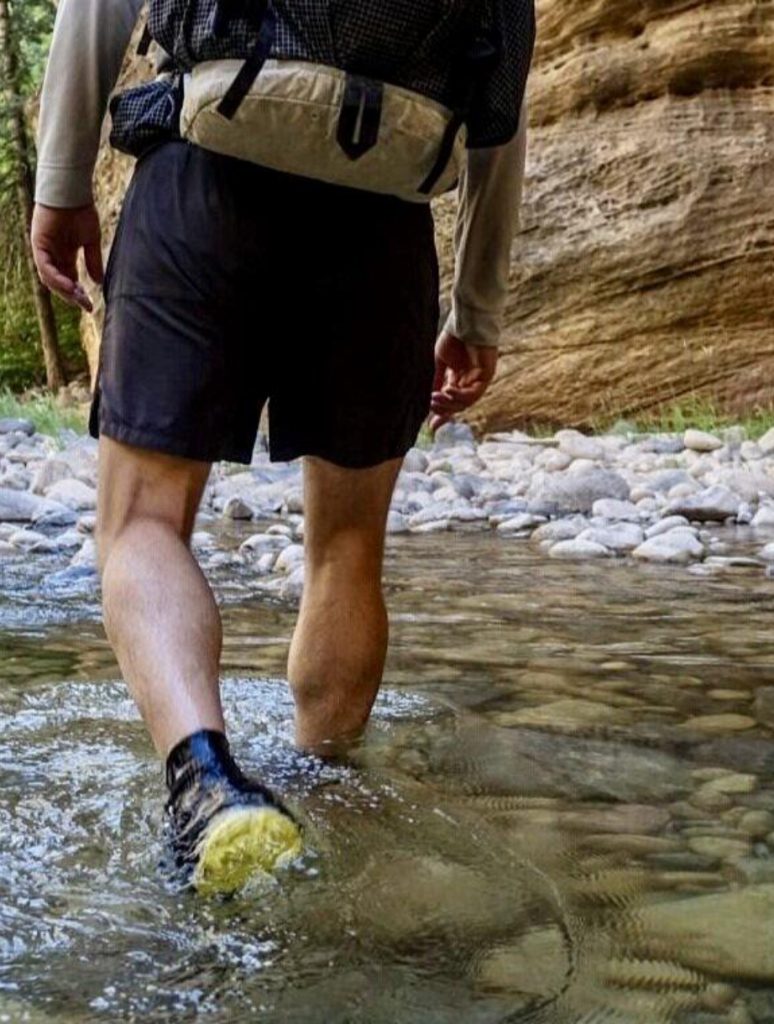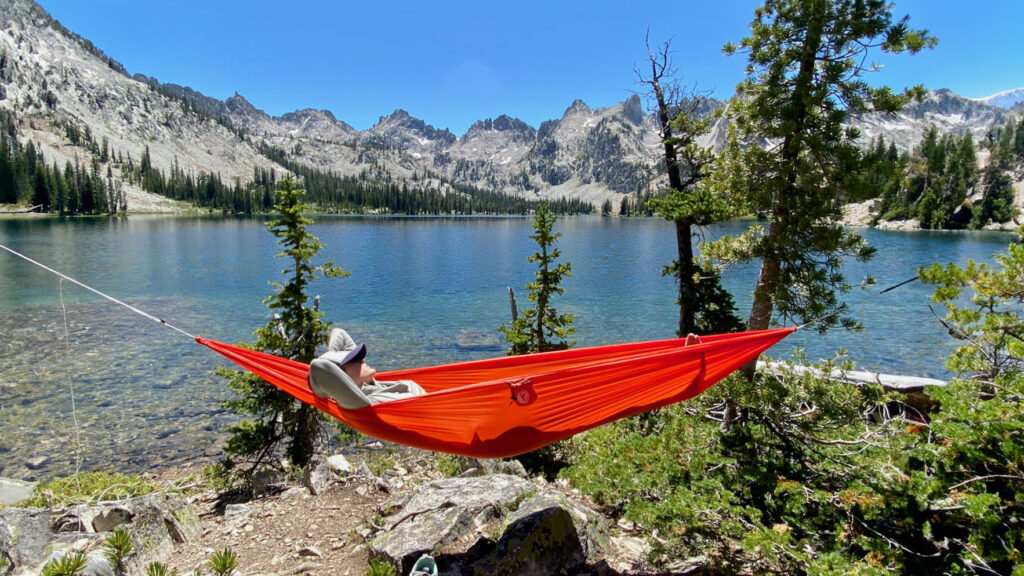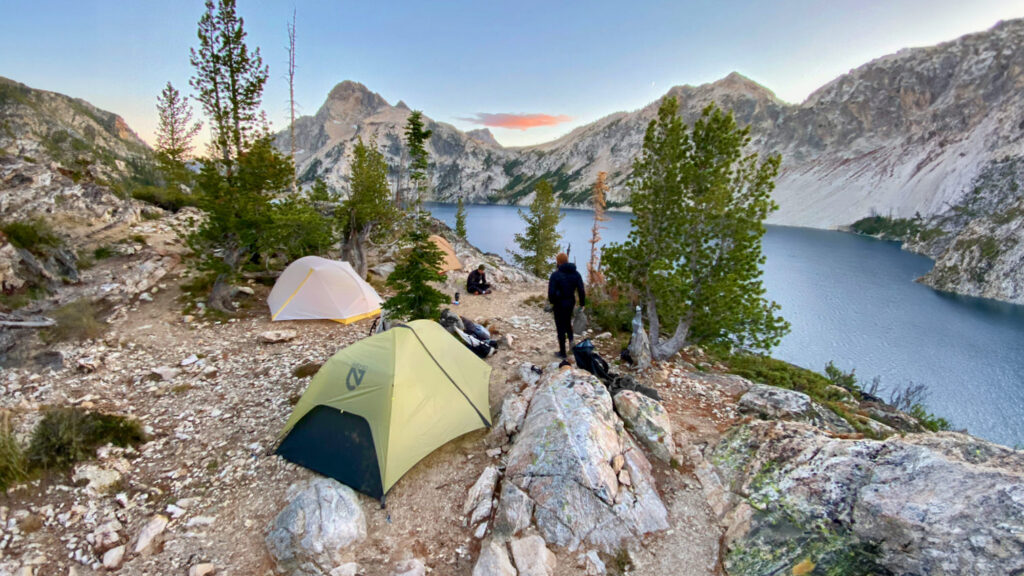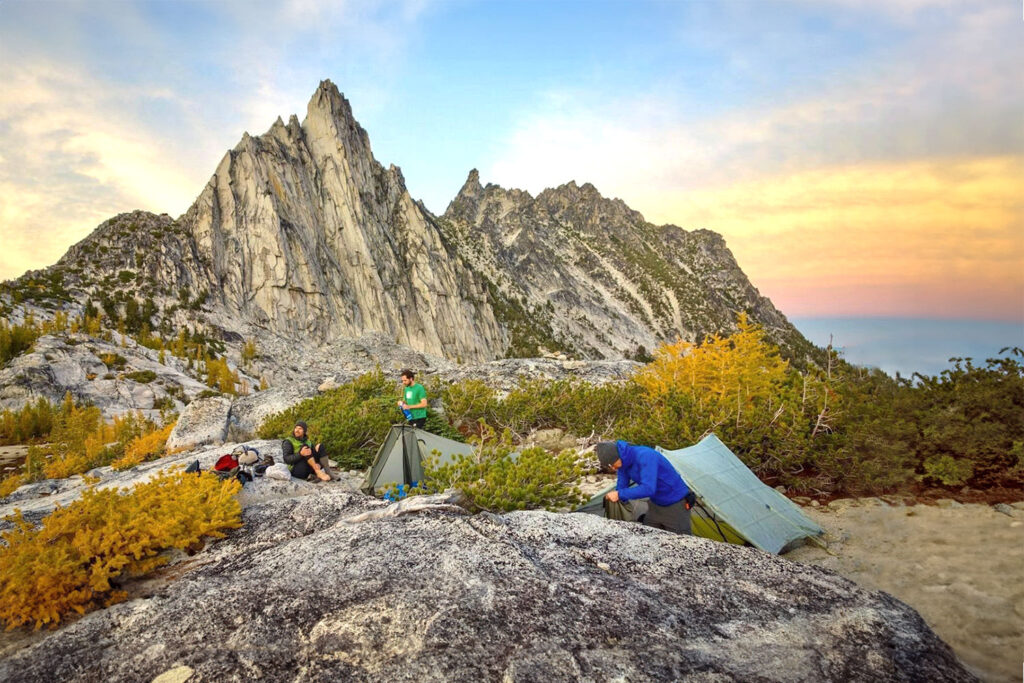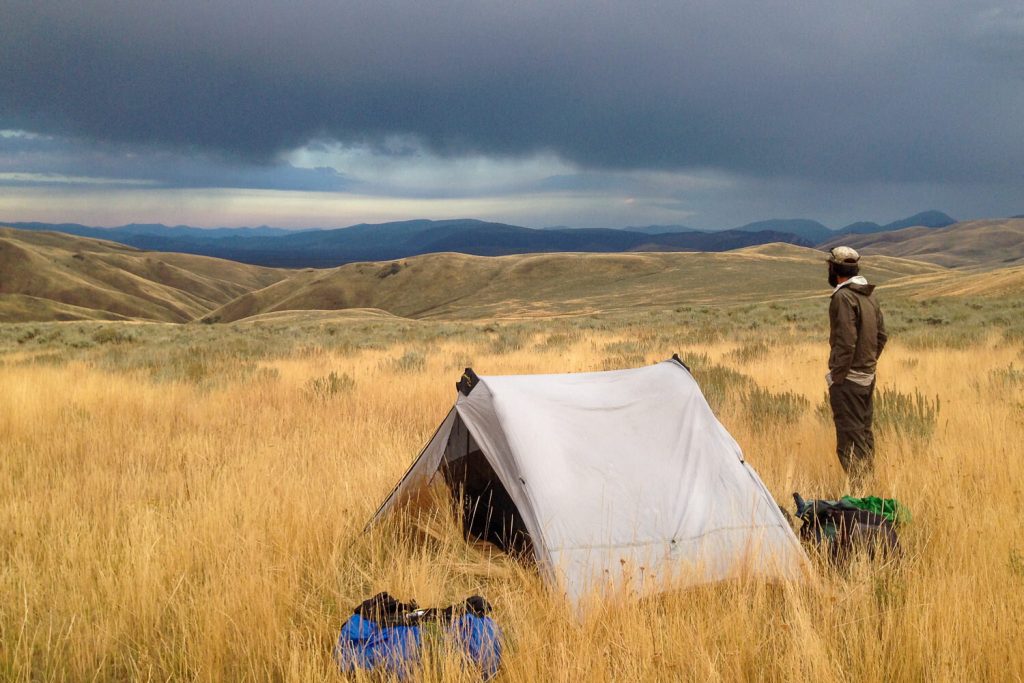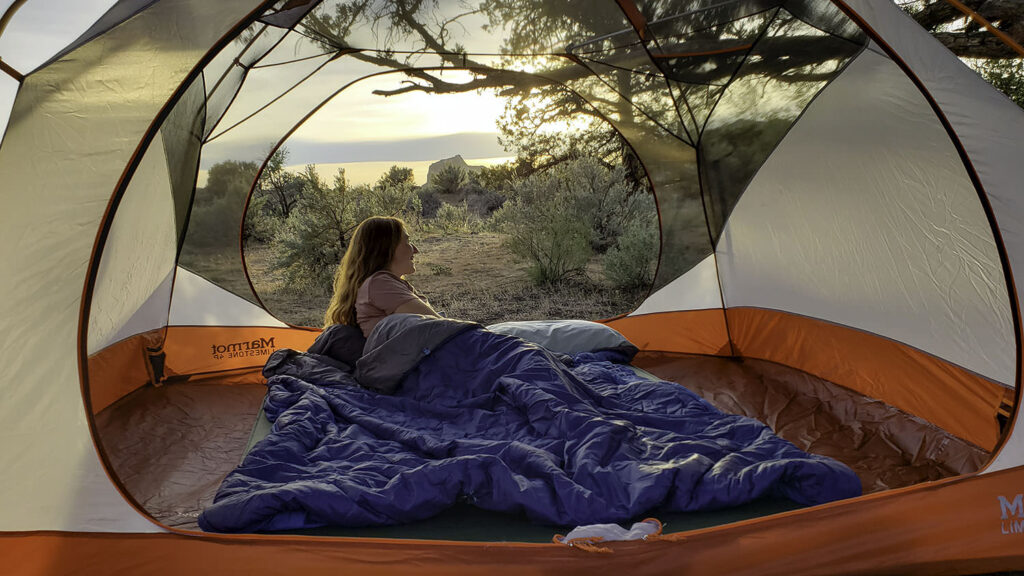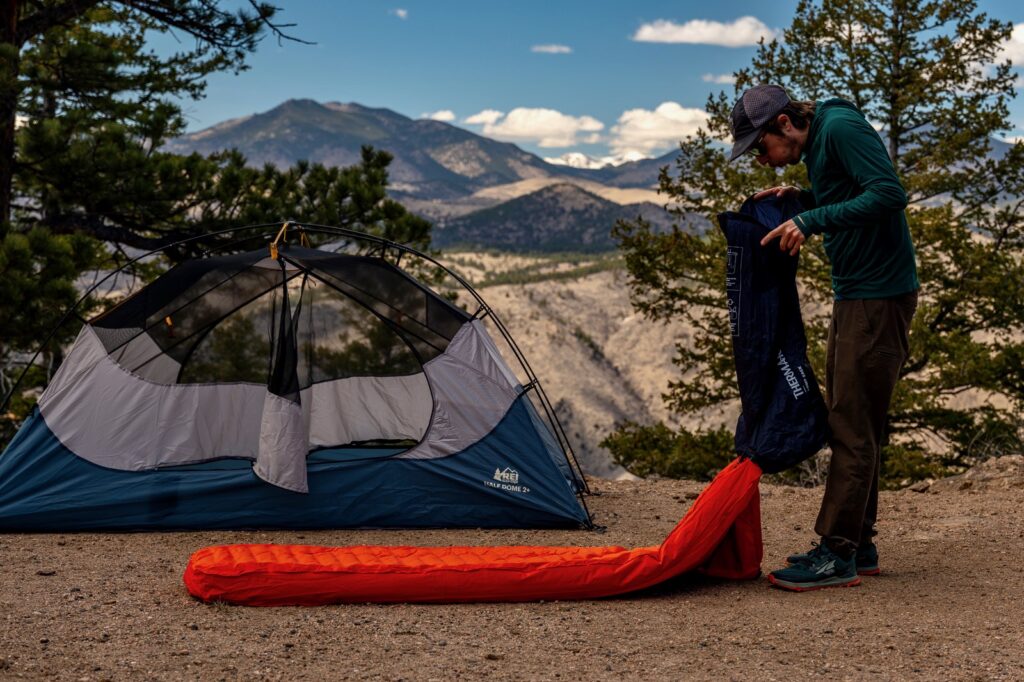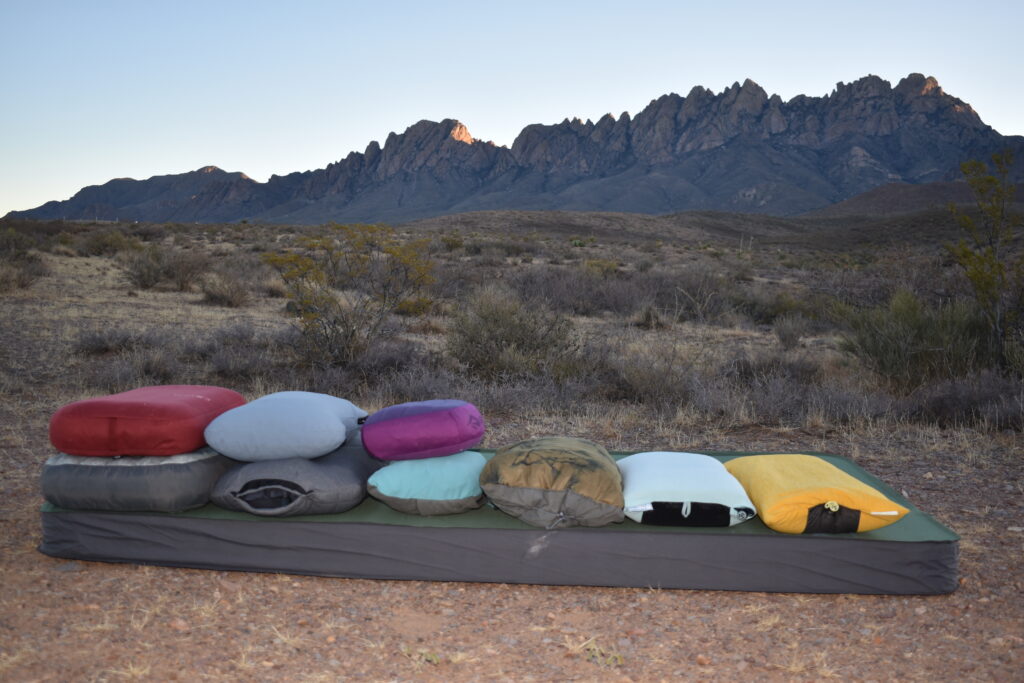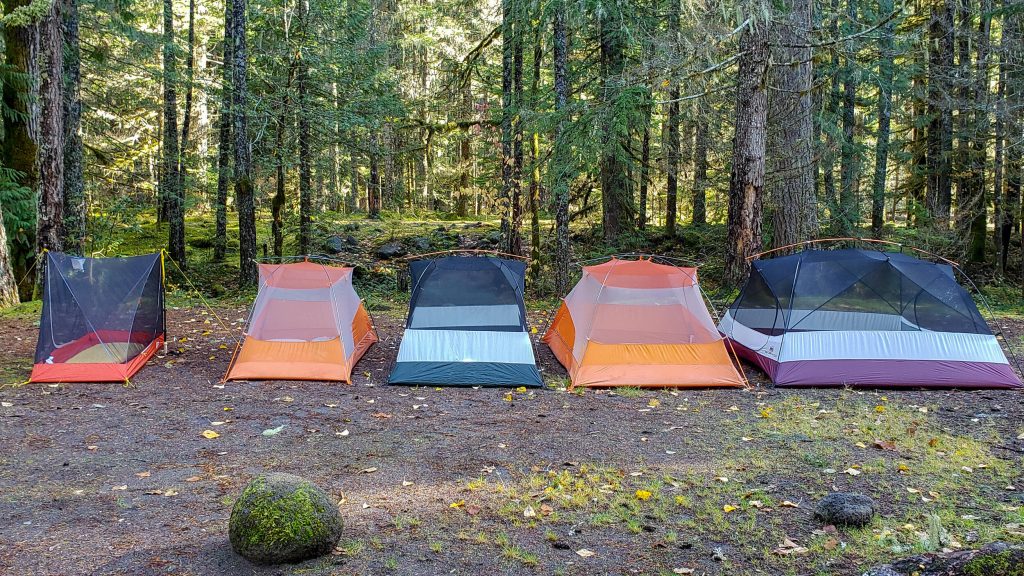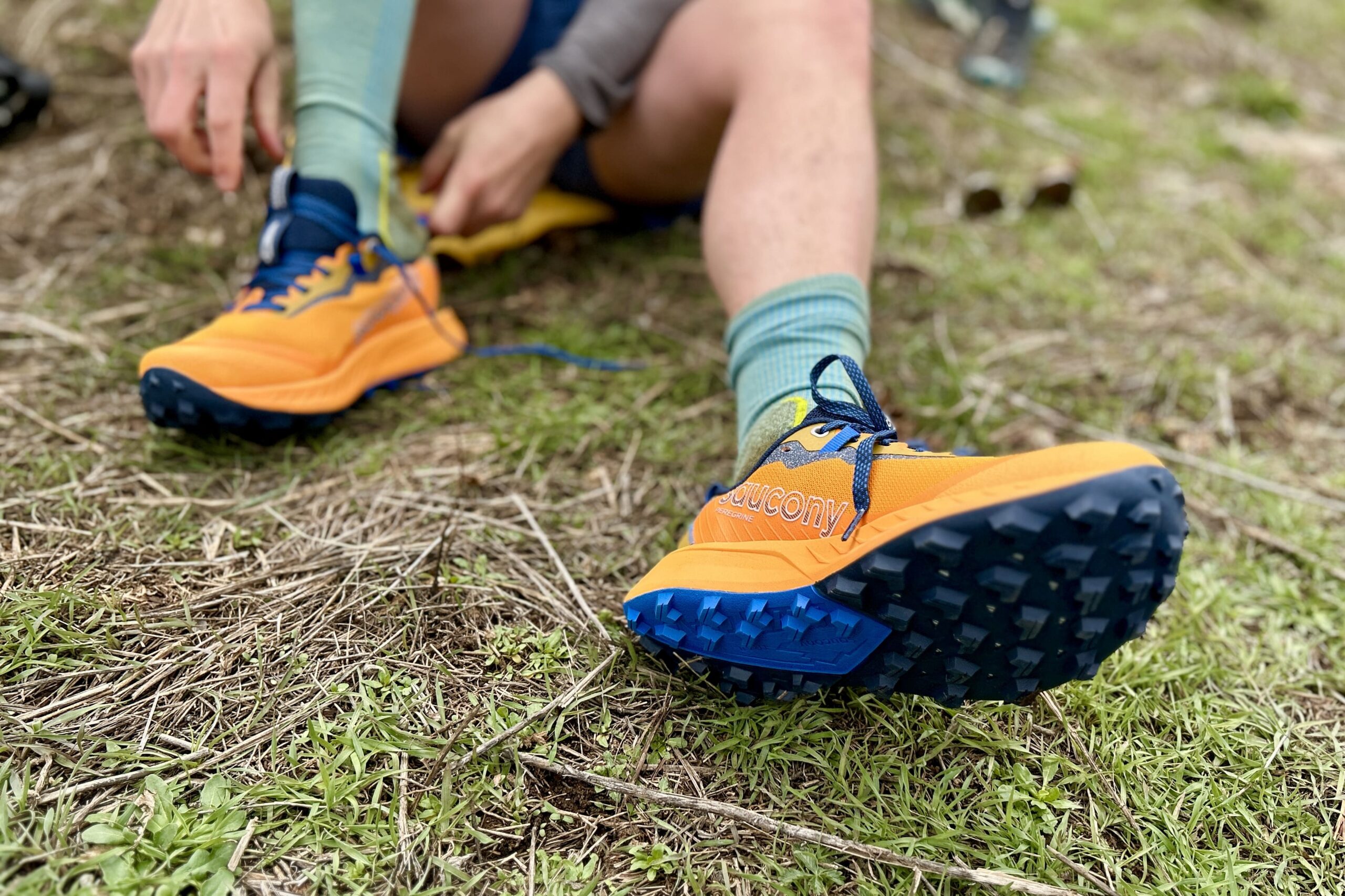
Bottom Line
The Saucony Peregrine 15 is so versatile and agile, it lands on our best trail running shoes for men guide and best hiking shoes for men guide. We’ve trekked thousands of miles in every iteration of this shoe for years, from the Nepalese Himalayas to Patagonia’s Torres del Paine. Editor Ian Krammer ran over a dozen half marathons and climbed 100+ 13,000’ peaks in the Colorado Rockies in his pair. This shoe is tailor-made for active hikers seeking out-of-the-box comfort with exceptional comfort and breathability.
The Peregrine 15 gets a positive update to its traction and comfort. The outsole’s refreshed lug pattern features more small chevron lugs to improve grip on ascents and descents. The midsole is cushier than prior versions, making for a more responsive and flexible ride – especially over long miles. Saucony adds a taller cuff and a TPU overlay for a bit more protection. These things are light, fast-drying, and agile – all for a fair price – which makes the Peregrine 15 one of our faves for summer adventures.
That said, long-time fans might not love the changes. The higher cuff and narrower toe box caused a few hotspots and blisters before our feet settled into the fit. The break-in period is longer than prior versions. And, we find longevity still lags behind the competition, with major wear around 300 miles. But thanks to the stellar balance of traction, low weight, and a comfy fit, the Peregrine 15 earns its keep on our list as a solid all-around trail runner for runners, hikers, and backpackers.
Quick Specs
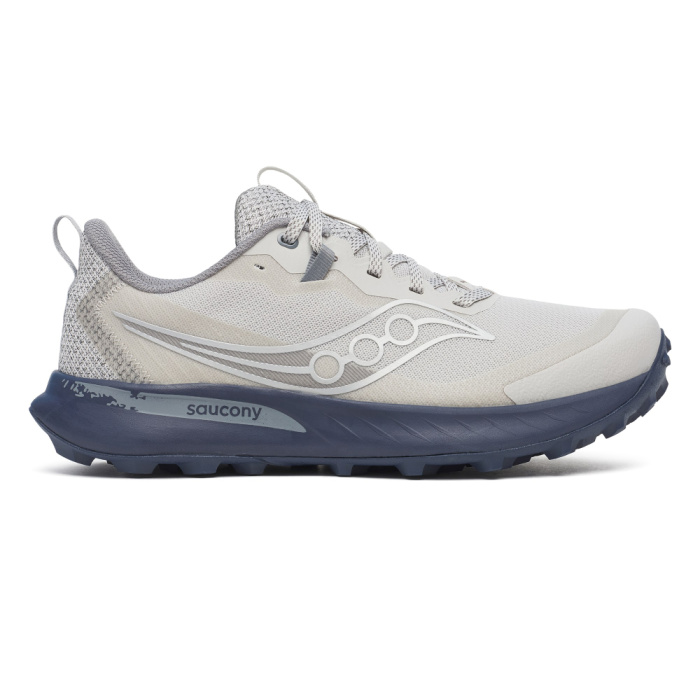
Men’s Saucony Peregrine 15
Trail Runners with a Great Balance of Traction, Low Weight & Comfort
CleverHiker Rating: 4.6/5.0
Price: $145
Weight (Pair): 1 lb. 3.4 oz.
Heel-to-Toe Drop: 4 mm
Cushioning: Moderate
Best For: Mixed Terrain
Pros
- Excellent traction
- Breathable
- Cushier midsole than prior version
- Lightweight
- Secure fit
- Rock plate protects arches
- Comfortable
Cons
- Outsoles wear down quickly
- 20-25 mile break-in period
- Narrower toe box than prior version
- Occassional rubbing at heel
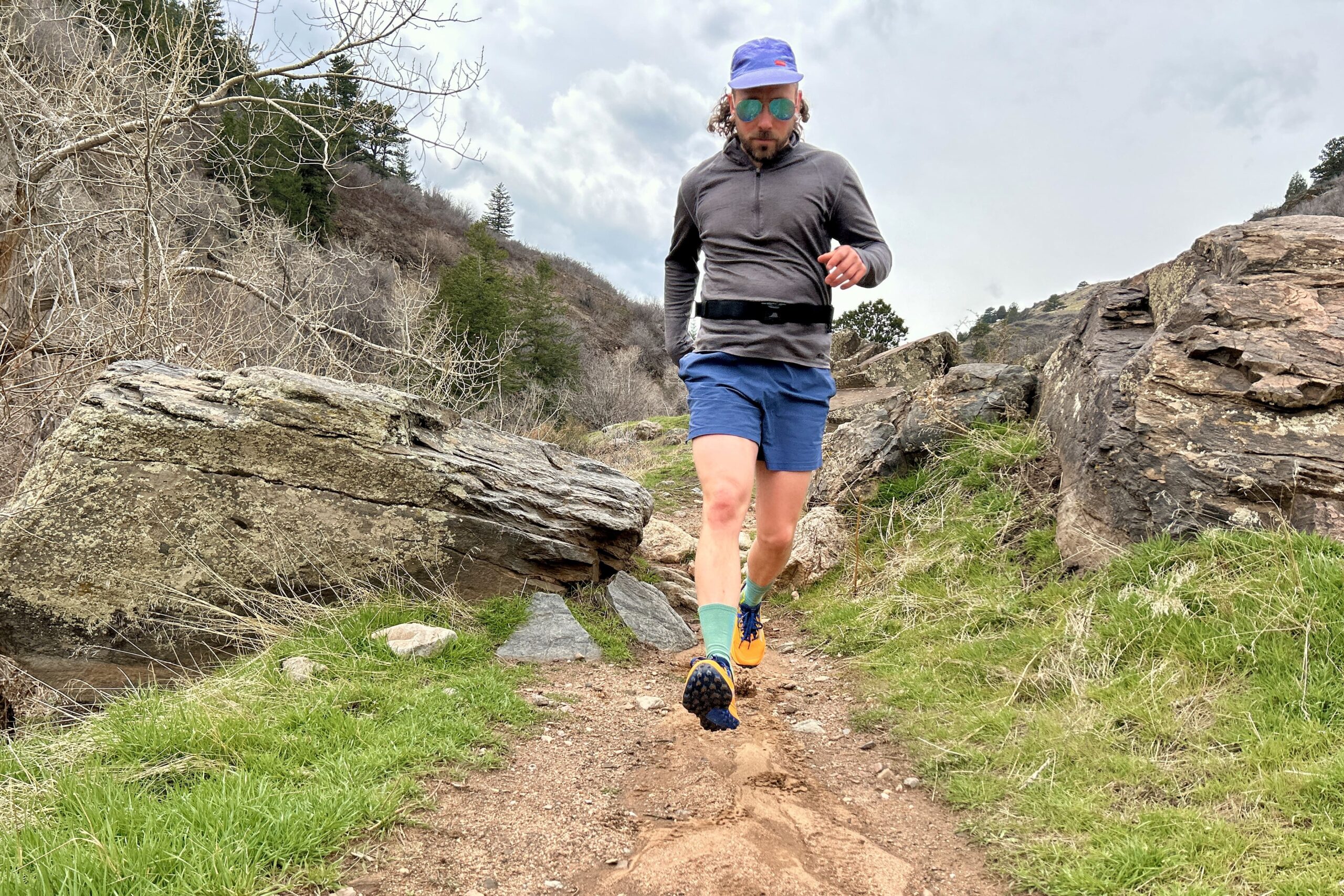
Comfort
With a familiar fit and a fresh new midsole, the Peregrine 15 delivers comfort with a bit more bounce. The updated foam feels cushier and snappier than the 14s. It’s also impressively responsive, with a fairly low stack height of 28 millimeters that balances good ground feel with a bit of cushioning.
Senior Gear Analyst Ian Krammer ran a half marathon after the initial break-in period, and he instantly loved the feel. After 300+ miles of testing, we find these shoes land in the Goldlocks zone for support. There’s plenty of cushioning, plus just enough arch support for everything from flat ground to steep trails.
The details keep us returning to the Peregrines. A large heel loop makes them easy to put on and the tongue is cushy and well-padded. We also appreciate double eyelets at the ankle to dial in the fit as snug or loose as we liked.
The updated fit may not work for everyone, though. The 15’s heel structure is more rigid than older Peregerines, with a taller cuff and a narrower toebox. Luckily, there’s a fit for everyone, since it also comes in a wide version.
Our biggest gripe? These factors directly led to hotspots and blistering on our toes and heels during the first few runs. These require a longer break-in time than past versions – about 20 to 25 miles before the shoes softened up. In our opinion, these changes are a step backwards for comfort. That said, this one still gets a good score for comfort because after the break-in period, they felt great mile after mile.
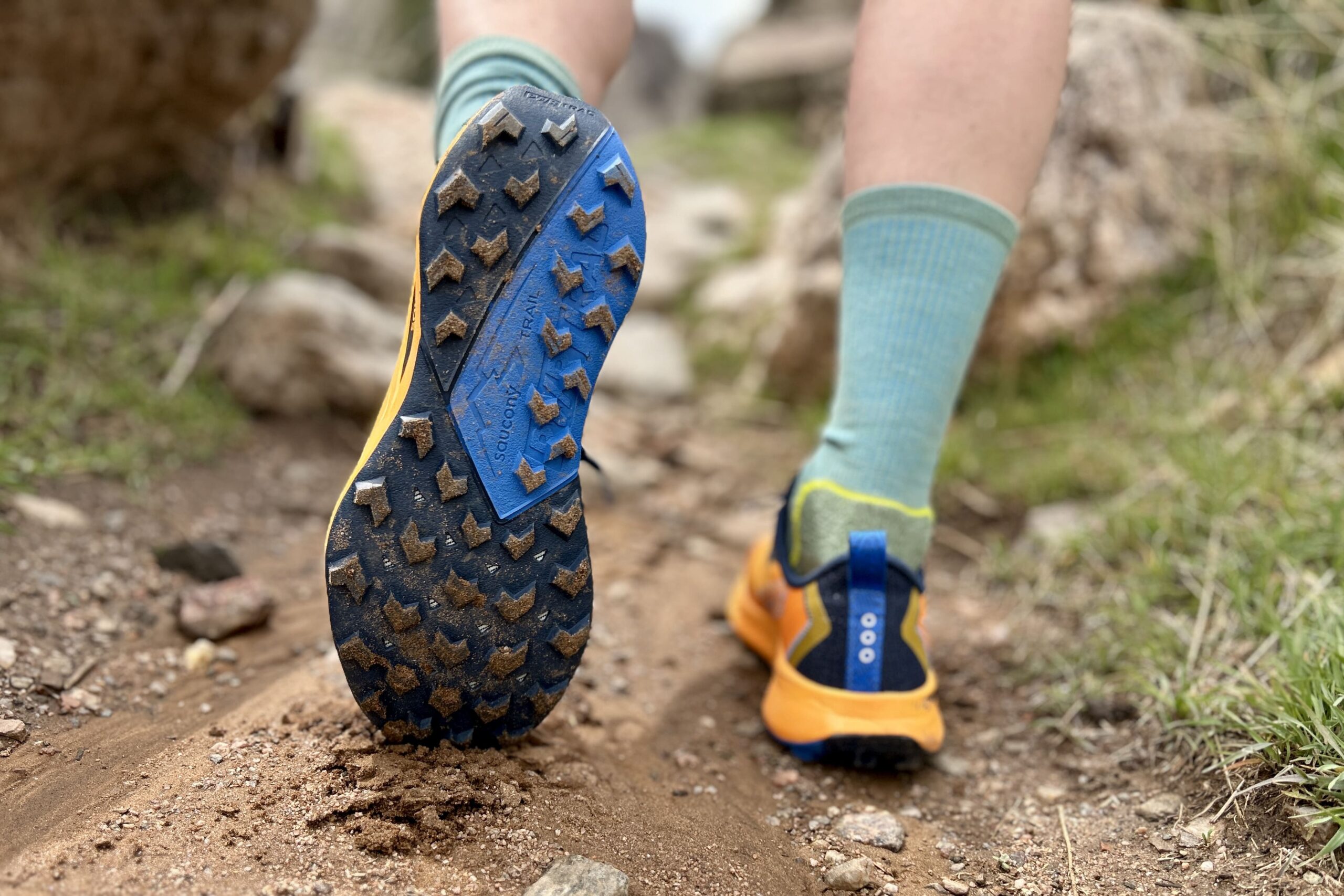
Traction
The most obvious update to the 15 is the redesigned lug pattern. It solves a major issue with prior versions. In the 13 and 14, a vulnerable foam section under the heel led to the outsole splitting down the middle. In the 15s, Saucony replaced the separated rubber sections with a single rubber outsole that has more chevron lugs.
The result? A notable improvement for both traction and durability. Ian finds the Peregrines brake better than ever when descending scree and steep dirt trails in the Rockies. The 5 millimeter lugs delivered reliable bite in dirt, sand, and moderate technical sections, and the uniform pattern wears evenly across the whole shoe.
On the downside, traction is not as durable as our other top picks. We find the lugs were flattened at the 300-mile mark. We also find the single-piece of rubber and repetitive tread pattern makes the shoe slippery on slick roots, smooth rocks, and wet surfaces, so you’ll want to step carefully on tricky terrain.

Weight
Looking for lightweight footwear? At only 9.7 ounces per shoe, the Peregrine 15 are among the lightest on any of our men’s footwear lists. The airy mesh uppers and streamlined construction are perfect for hikers whose top priorities are breathability and weight savings.
The result is a nimble, agile, and fast pair of shoes that perform consistently over long runs and hikes. When Senior Gear Analyst Ian Krammer is heading out for a half marathon or tackling a 20 to 30 mile route in the Rockies, these are one of his go-to’s for a comfortable, lightweight ride from sunrise to sunset.
Unfortunately, the airy construction and thin midsole foam contributes to faster foot fatigue compared to shoes with more cushioning. And for such a low weight, you’ll sacrifice longevity – these are not the most durable shoe out there. But for those who want to move light and fast, we highly recommend the Peregrine 15.
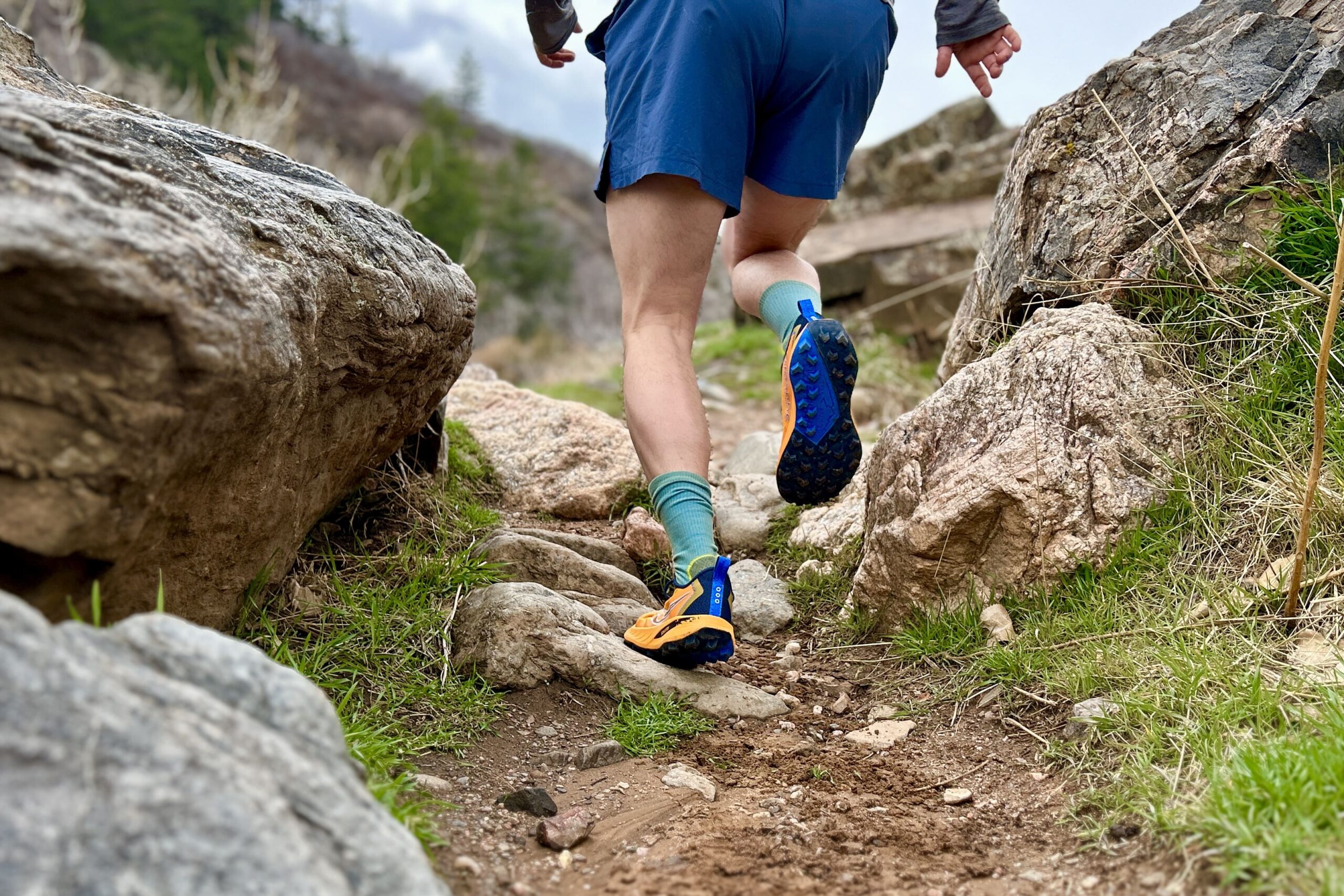
Durability
The Peregrine 15 gets a slight upgrade in durability thanks to a TPU overlay across the toes and sides. This design adds a bit more abrasion resistance, structure, and protection.
We also appreciate that the Peregrines include a rock plate. Rock plates disperse impact pressure more evenly on long runs and hikes, adding a bit of stability and durability when moving across sharp rocks and rough terrain.
However, like prior versions, the 15s have less longevity than others we’ve tested. Senior Gear Analyst Ian Krammer finds his pair is significantly worn at 300 miles. Specifically, the tread has worn down, the TPU overlays are lifting, and the mesh is blowing out. This is not unusual for ultralight shoes, but it’s sooner than we’d like.
We highly recommend budgeting for two pairs (or three) if you’re planning on a high-mileage season. These shoes won’t last forever – but you’ll have a lot of fun for the first 200 to 300 miles.
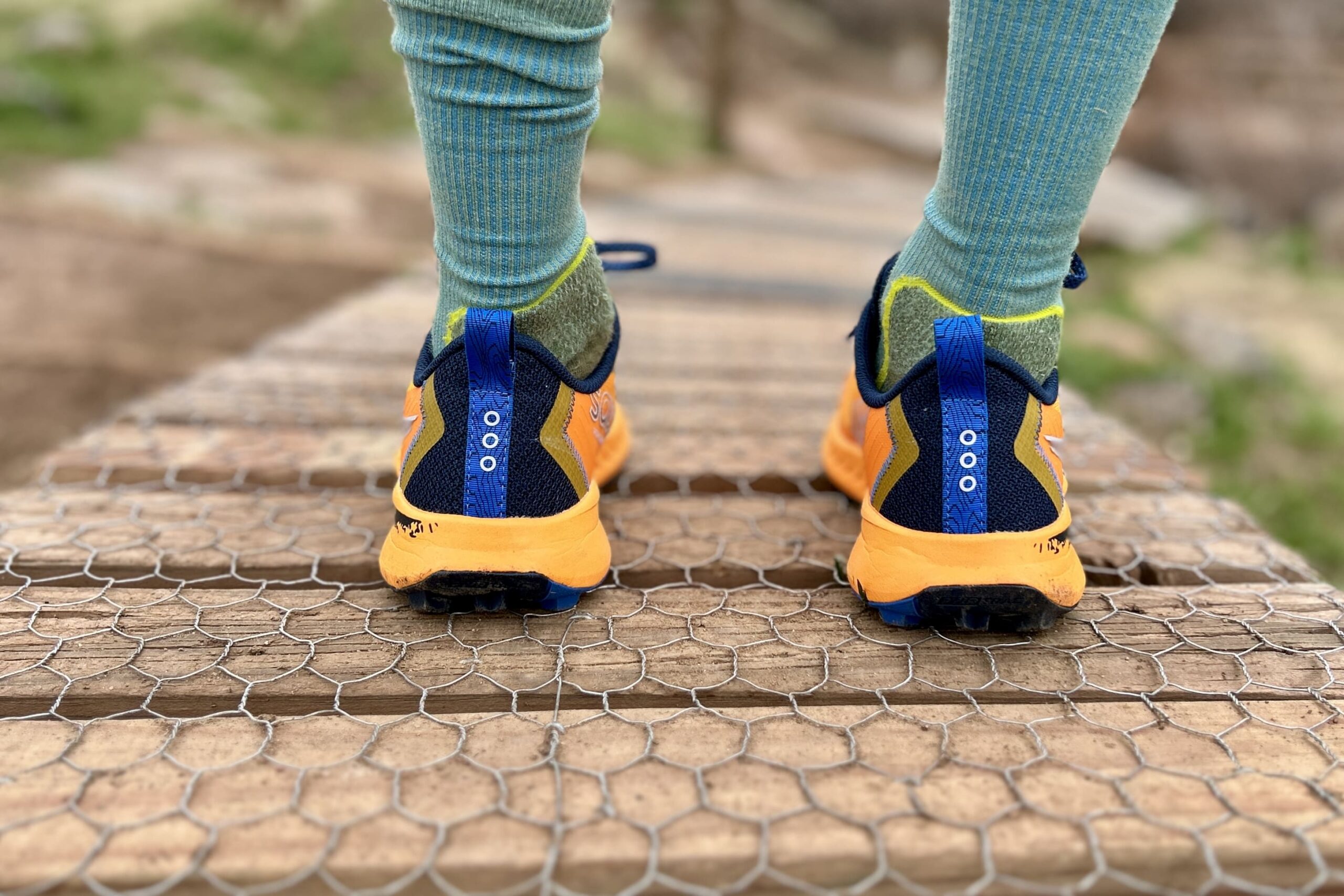
Weather Resistance
The Saucony Peregrine 15 perform best in hot and dry summer conditions. Their mesh uppers are light and airy, which makes for some of the most breathable shoes we’ve tested. When we were sweating on the trail in hot August sun in the Gore Range of Colorado, the Peregrines dumped sweat and heat with ease.
These are also a great choice for hikes with water crossings or warm, stormy days. Even after wading through knee-deep water, or a torrential downpour, the Peregrines dry out in just 45 to 60 minutes, on days above 75° in Colorado.
The 15 also has a gaiter hook near the front of the shoe to help keep debris and water out, though it doesn’t have a dedicated attachment point at the heel.
But Peregrines fall short when it comes to true weather resistance – the uppers let water in instantly, leaving feet soaked from shallow puddles and wet grass. If your adventure involves wet, snowy, or windy weather, consider a shoe with features like a tall cuff, Gore-Tex liner, or naturally water-resistant materials like leather.
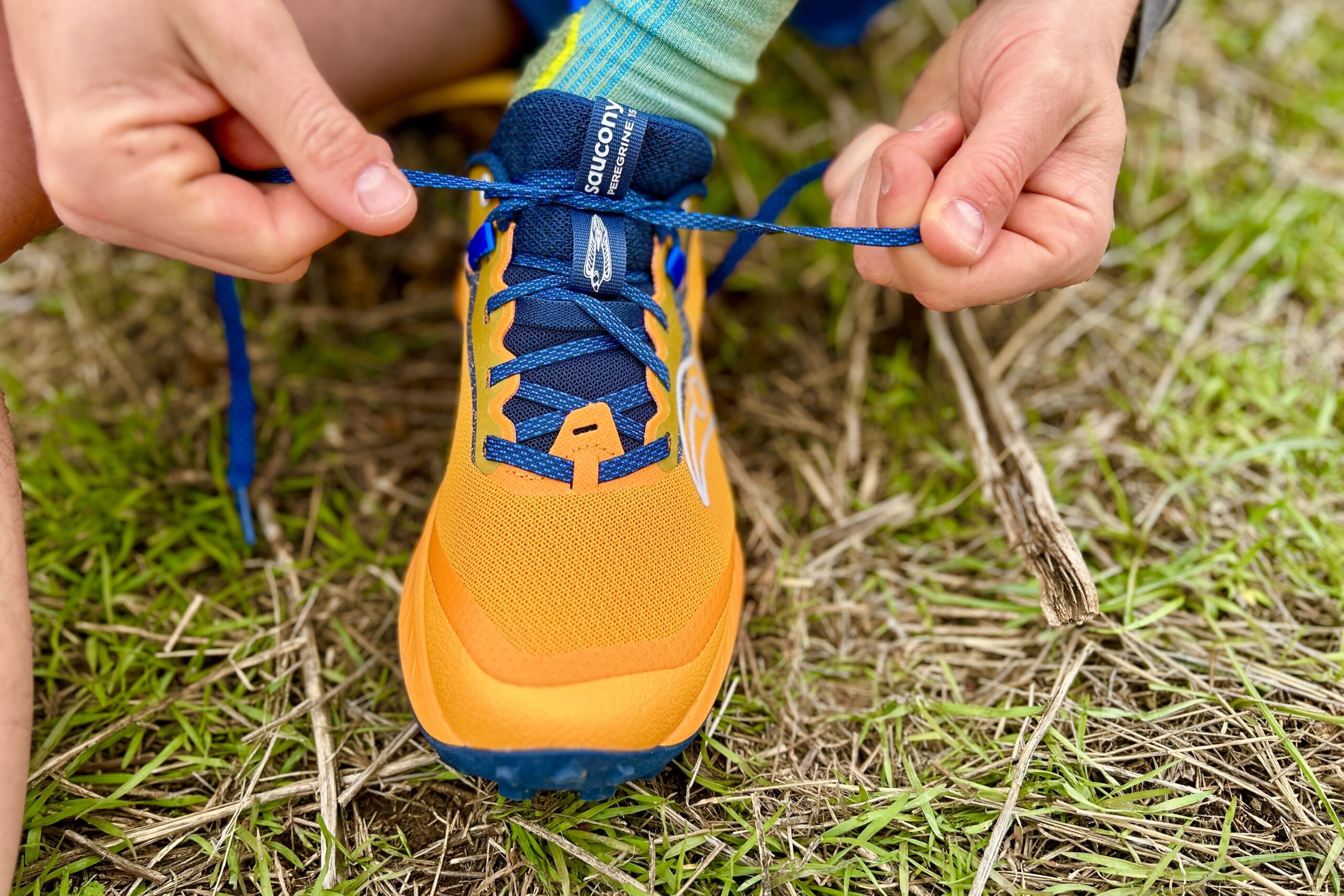
Should You Buy the Saucony Peregrine 15?
The Saucony Peregrine 15 is for trail runners, ultralight backpackers, fastpackers, and hikers who want lightweight, agile footwear that’s comfortable and breathable. These excel in fast-paced activities over varied terrain and are especially good for summer conditions thanks to quick-drying uppers. The redesigned traction and outsole is a major step up when it comes to gripping on different terrain, and shines on steep ascents and downhills. Anyone looking for a responsive, cushy ride will appreciate the updated midsole in the most recent version.
However, if you want long-term durability for multiple seasons of use, the Peregrine 15 falls short. The updated fit won’t work for everyone, either, due to a narrower toe box and taller, more structured heel, which increases the break-in period. However, these shoes earn their keep as a balanced ride for hiking and running for most people. When it comes to performance and price, the Peregrine 15 is one of our go-to’s – and we think you’ll love them, too.
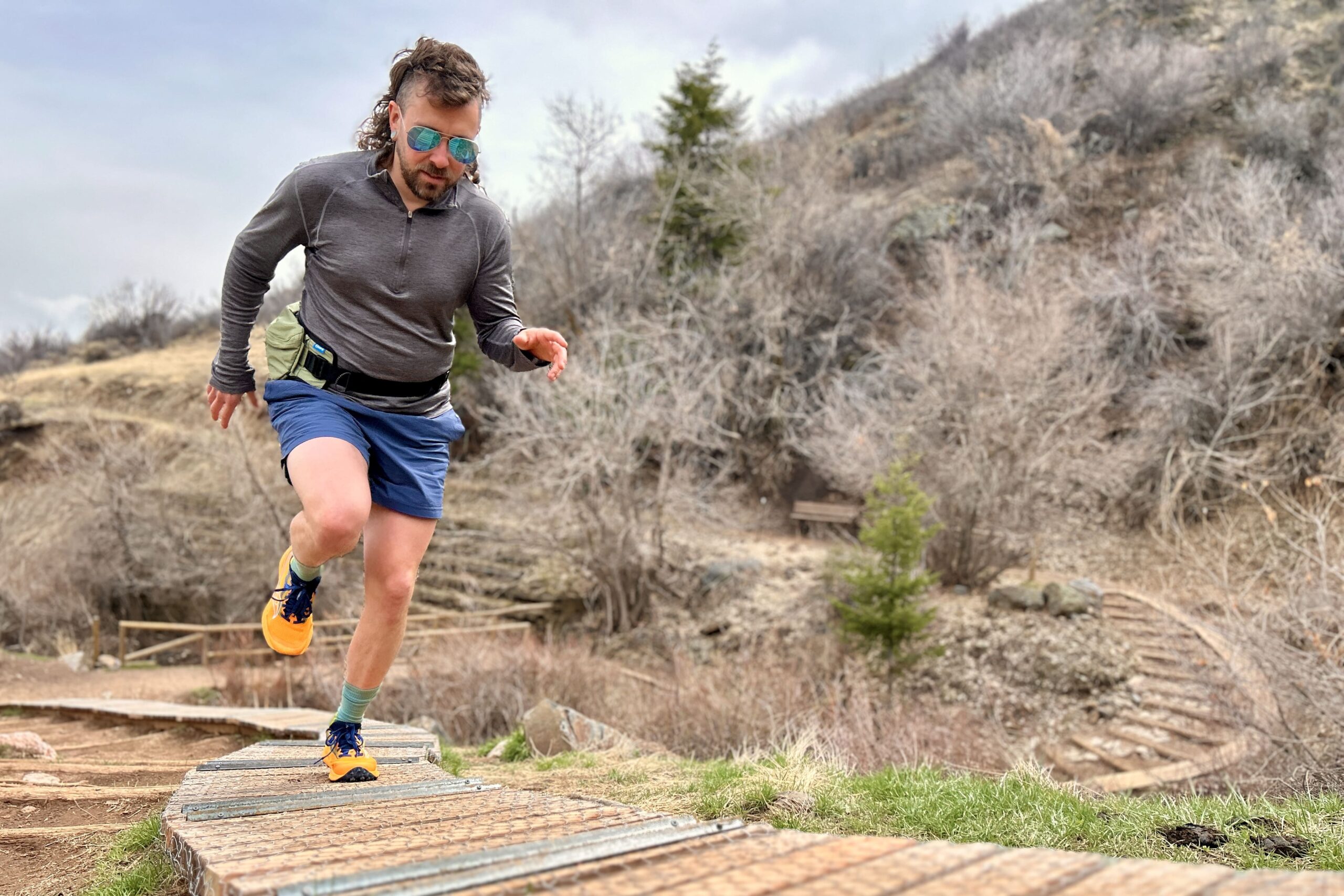
What Other Hiking Shoes Should You Consider?
Is the Saucony Peregrine your glass slipper? Check out our guides to the best hiking shoes and best trail running shoes for men to make sure. Also consider these other options:
Brooks Catamount 4 Review: Similar to the Saucony Peregrine 15, the Brooks Catamount 4 offers excellent traction and a comfortable fit. It’s lighter and pricier, but this one’s worth a closer look for a great all-around performance.
Topo Athletic Ultraventure 4 Review: Like the Peregrines, the Ultraventure 3 delivers lightweight construction and breathable uppers. These have a much larger toe box, though, so they’re a kille alternative if natural flexion and flexibility is top priority.
Salomon Speedcross 6 Review: With spaced-out lugs and a uniform tread, the Speedcross 6 grips better in wet conditions. With a comparable weight and price, they’re a great pick for folks who prefer a closer, more contoured fit.


